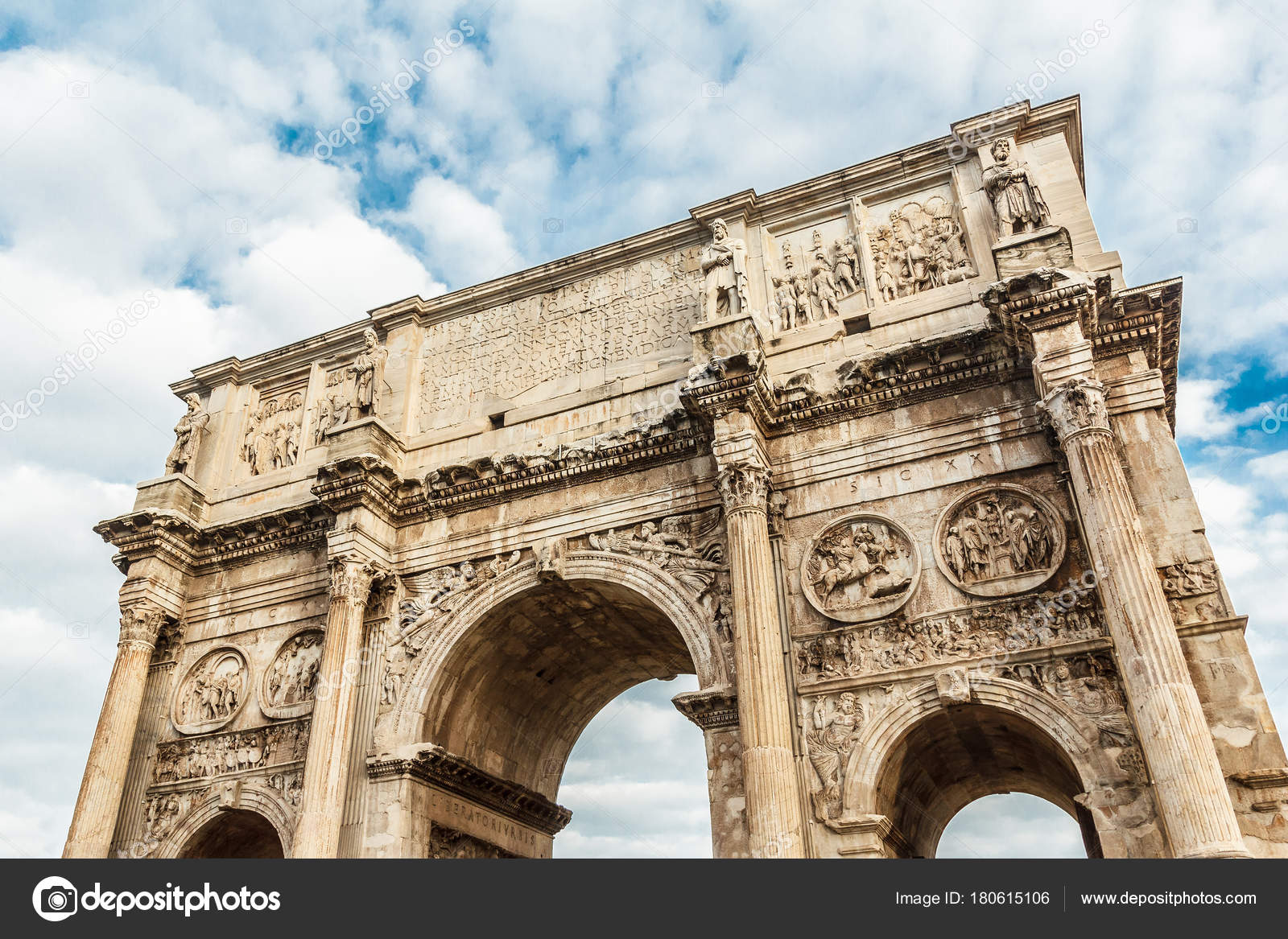
Other fourth-century carvings on the Arch include images of Victories and the Genii of the Seasons on the spandrels, the Victories and captives which decorate the pedestal bases, and the sculpted roundels of the sun and moon placed above the frieze on the Arch’s short sides (fig. This story begins with the departure of Constantine’s army from Milan, then continues with the siege of Verona and the battle of the Milvian Bridge, before representing the emperor’s victorious entry into Rome and his subsequent activities in the city – his address from the rostra in the Roman forum ( oratio) and the distribution of gifts to the people ( liberalitas). A visual narrative of Constantine’s victory is depicted on the continuous frieze that winds in chronological sequence around the Arch’s middle. The duplicate inscriptions that appear on the North and South fronts of the Arch state its raison d’être: it was a gift from the Senate and People of Rome to the Emperor Constantine, after he delivered the state from an unnamed tyrant (Maxentius). It was probably dedicated in 315CE, having taken approximately two and a half years to build. The Arch of Constantine stands at the Southern edge of the Colosseum valley (figs. Finally, I will propose a third way in which the monument relates to memory, suggesting an analogy between individual memory and national history similar to that described by Schlesinger in the citation above. This idea of a two-way relationship between a monument and viewer dovetails with those theories that describe memory as distributed between an individual and the physical or social environment in which they operate. Secondly, I suggest that the Arch actively impacted upon the memory of the viewer, shaping the way in which they thought about the past, in the future.

Firstly, I emphasize the fact that viewers approached the monument with a suite of existing memories, which shaped their own unique responses to the imagery and configured its meaning in ways that could both consolidate and subvert the intentions of its creators. I focus principally on two aspects of the complex and mutually formative relationship that existed between the Arch and the Roman viewers who contemplated it. The figure of the Roman viewer is central to my analysis, and one aim of this chapter is to show how work in the interdisciplinary field of memory studies can bring us closer to understanding the dynamics of viewing monuments in antiquity. But in contrast with most earlier commentators, here I am particularly interested in memory as a human, cognitive faculty. The present chapter builds on this rich tradition of scholarship on the Arch of Constantine. The fact that these scholars go on to offer rather different interpretations of the Arch’s program reflects the inherent ambiguity of re-used images, which can simultaneously indicate both change and continuity, and which can assert supremacy over the past at the same time as appropriating its numinous power. Most commentators now agree that the decision to recycle old sculptures was motivated by an ideological agenda rather than a (purely) financial one, taking it to be deeply significant that the older reliefs come from the monuments of the ‘good emperors’, Trajan, Hadrian and Marcus Aurelius. These earlier discussions deal primarily with themes that might come under the heading of ‘Cultural Memory’ or ‘Collective Memory’, since they consider how the Arch’s makers selected, preserved and re-presented elements of a ‘usable past’ to serve their own, contemporary purposes. Indeed, much of the existing scholarship on the Arch already addresses the topic of memory, although the word ‘memory’ itself is not always explicitly invoked. Not only was its primary function commemorative (it celebrated Constantine’s tenth year of rule, and his victory over Maxentius in 312CE) but it was also constructed from pieces of sculpture and architecture that had, at some point, been taken from the monuments of earlier Roman rulers. In many ways, the Arch of Constantine in Rome is an obvious choice of subject for an exploration of Roman memory. “quae acciderunt in pueritia, meminimus optime saepe.”


The Disuniting of America: Reflections on a Multicultural Society (New York, 1992) As the means for defining national identity, history becomes a means for shaping history.” As an individual deprived of memory becomes disorientated and lost, not knowing where he has been or where he is going, so a nation denied a conception of its past will be disabled in dealing with its present and its future. “History is to the nation rather as memory is to the individual.


 0 kommentar(er)
0 kommentar(er)
